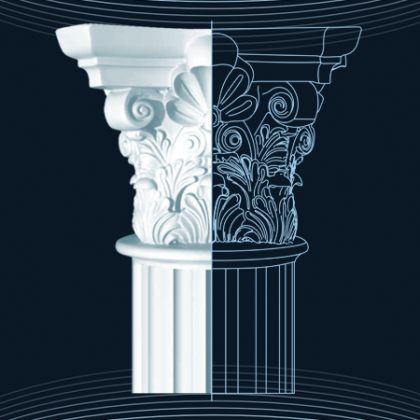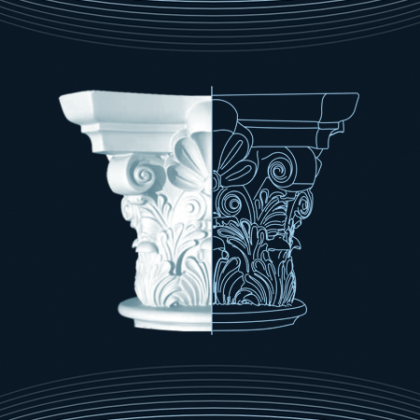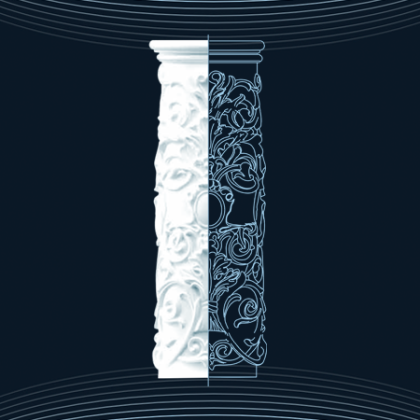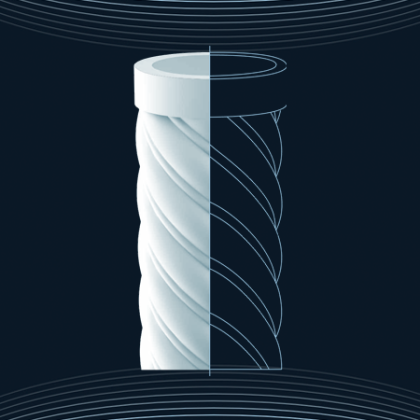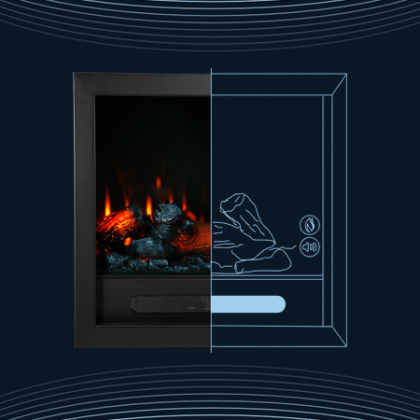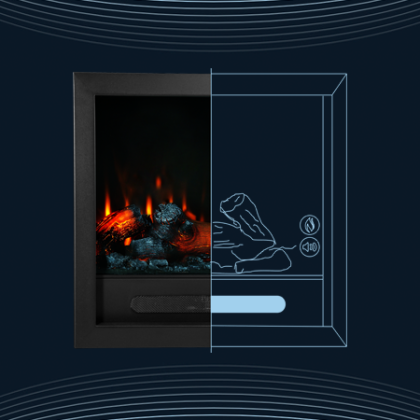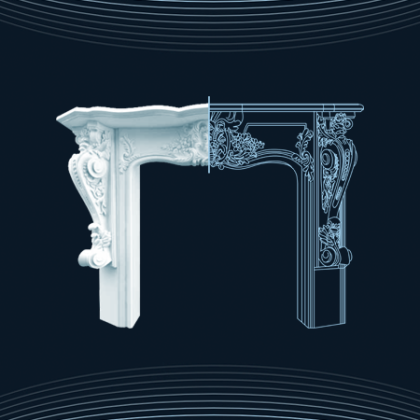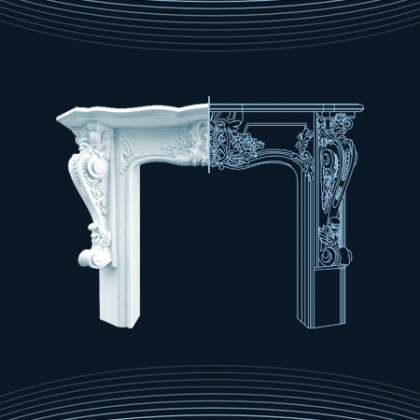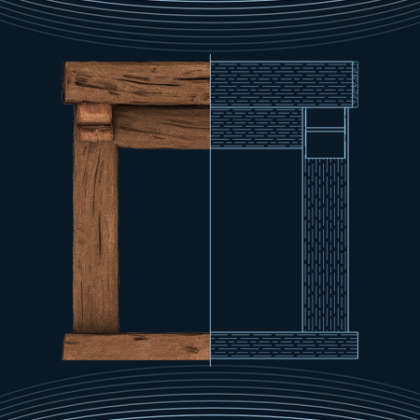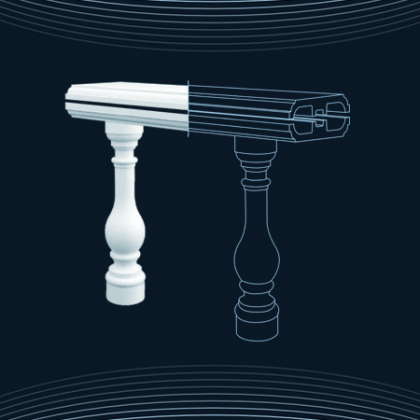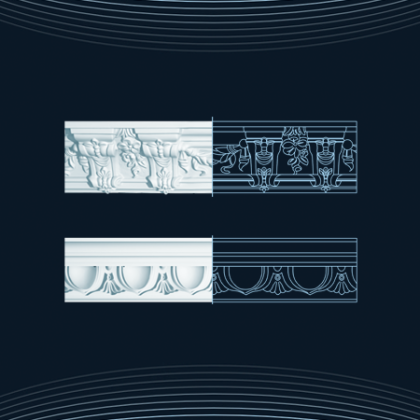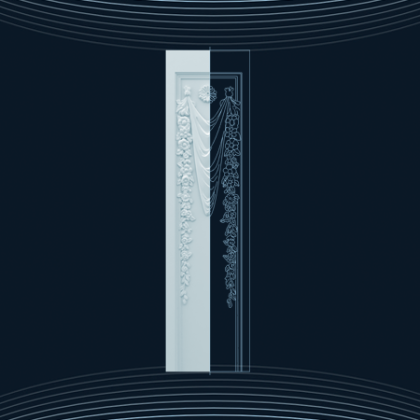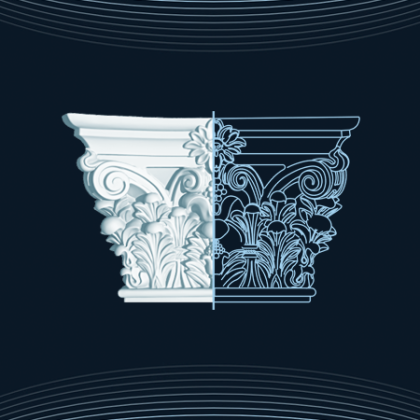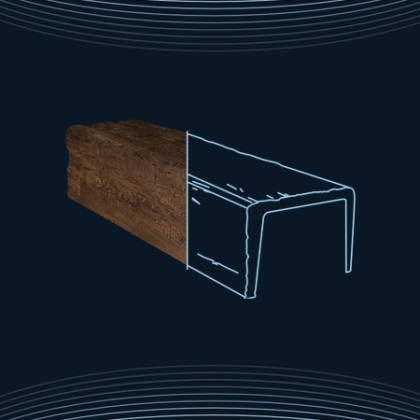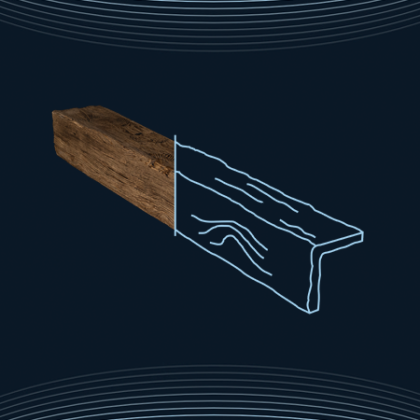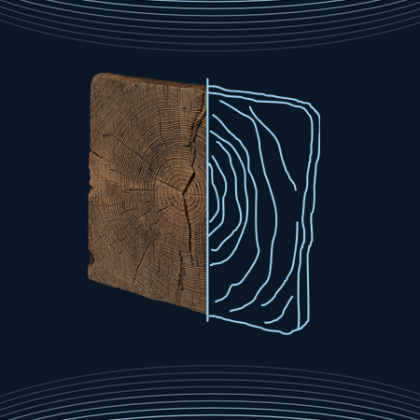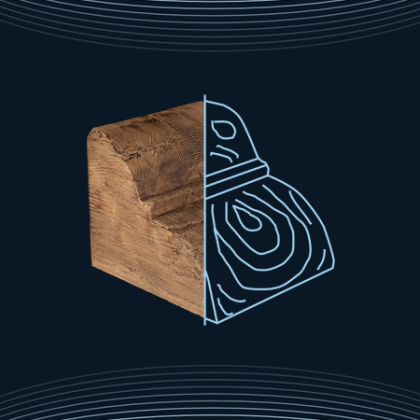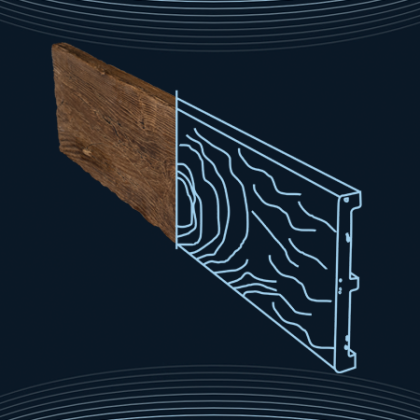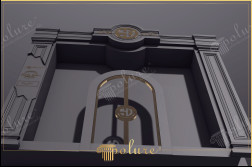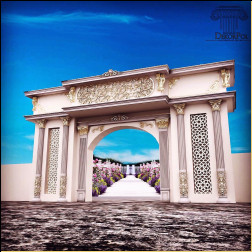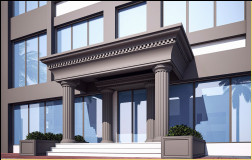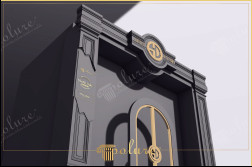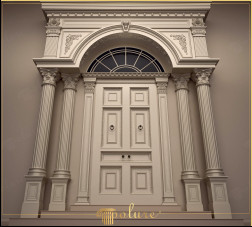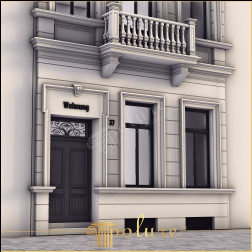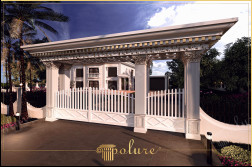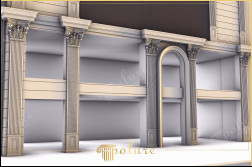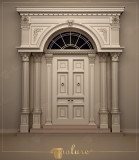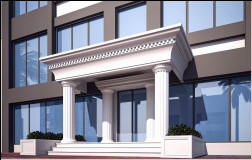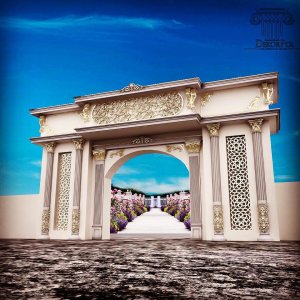
Polyurethane entry door designs and models refer to styles and types of front doors made from polyurethane, a type of plastic. These doors can mimic the look of wood and other materials and come in various designs.
Polyurethane entry doors are becoming increasingly popular among homeowners and builders due to their durability, energy efficiency, and aesthetic versatility. These doors are made from a type of plastic called polyurethane, which is known for its excellent insulation properties and resistance to weather elements. This article explores the various designs and models of polyurethane entry doors available in the market.
Before diving into the designs and models, it's essential to understand the benefits of polyurethane entry doors. They are highly energy efficient, which can help reduce heating and cooling costs in your home. Additionally, they are resistant to warping, cracking, and fading, making them a durable option for any climate. Their versatility in design also allows for a wide range of aesthetic options, from traditional to modern looks.
The designs and models of polyurethane entry doors vary widely, catering to different architectural styles and personal preferences. Here are some popular options:
When choosing a polyurethane entry door, consider the architectural style of your home, the desired level of privacy, and your budget. It's also important to purchase from a reputable manufacturer to ensure quality and durability. With the right design and model, a polyurethane entry door can enhance the curb appeal of your home while providing energy efficiency and security.
Polyurethane Entry Door Designs and Models
Benefits of Polyurethane Entry Doors
Designs and Models
Choosing the Right Door
Entry door designs and models hold a significant place in history as they reflect the architectural styles, cultural influences, and technological advancements of their times.
The history of entry door designs and models is a fascinating journey that mirrors the evolution of architecture, culture, and technology through the ages. From ancient times to the modern era, the front door has served as more than just a physical barrier; it has been a statement of power, beauty, and innovation. The earliest doors were simple barriers, often made of wood or stone, designed to protect the inhabitants from the elements and potential threats. Ancient Egyptian tombs featured elaborate door designs carved in stone, signifying the importance of the afterlife. Similarly, in ancient China, doors were adorned with intricate carvings and colors, each symbolizing different meanings and blessings. During the medieval period, European castle doors were built for defense, with heavy timber and reinforced with metal. The Renaissance era saw a shift towards aesthetic and architectural beauty, with the entry door becoming a canvas for artistic expression. This period introduced doors with elaborate wood carvings, detailed ironwork, and the use of glass panels. The advent of the Industrial Revolution brought about significant changes in door manufacturing. The mass production of metal and glass allowed for more intricate and durable designs. This era also saw the introduction of revolving doors, a novel invention that improved access and ventilation in public buildings. In the 20th and 21st centuries, the focus on entry door designs has shifted towards functionality, security, and energy efficiency, without compromising on style. Materials such as steel, fiberglass, and advanced polymers are now used alongside traditional wood. Modern technology has introduced smart doors, equipped with security cameras, biometric scanners, and remote access, redefining the concept of the entryway in the digital age. Throughout history, entry doors have evolved from simple protective barriers to complex works of art and technology. They reflect the architectural trends, cultural values, and technological advancements of their times. As we continue to innovate and design, the entry door will remain a central element of buildings, symbolizing both welcome and security.Entry Door Designs and Models in History
Ancient Beginnings
Medieval and Renaissance Periods
The Industrial Revolution
Modern Innovations
Conclusion
Polyurethane entry doors come in various designs and models, each with its own characteristics. These doors are known for their durability, insulation properties, and resistance to weather conditions. They can mimic the look of traditional wood doors while offering enhanced energy efficiency and lower maintenance needs. Polyurethane doors are available in a range of styles, from classic to contemporary, to match different architectural designs. They are also customizable in terms of size, color, and finish, allowing for a personalized appearance.
Polyurethane entry doors have become increasingly popular among homeowners and builders for their durability, energy efficiency, and aesthetic versatility. These doors are crafted from polyurethane foam that is sandwiched between two layers of material, typically steel or fiberglass, providing a sturdy, insulating core that stands up well against various weather conditions and temperature fluctuations. When selecting a polyurethane entry door, consider the architectural style of your home, the door's energy efficiency ratings, and your personal design preferences. It's also important to purchase from a reputable manufacturer to ensure you're getting a high-quality product that will last for years to come. In conclusion, polyurethane entry doors offer a blend of durability, energy efficiency, and design flexibility that makes them a compelling choice for any homeowner. With the right care and selection, a polyurethane door can enhance the curb appeal of your home while providing functional benefits like improved insulation and low maintenance.Polyurethane Entry Door Designs and Models
Properties of Polyurethane Entry Doors
Choosing the Right Polyurethane Entry Door
Are the applications of polyurethane entry door designs and decorations distinct?
Polyurethane, a versatile and durable material, has become increasingly popular in the construction and design industries, especially in the realm of entry doors. The unique properties of polyurethane allow for a wide range of designs and models, catering to various aesthetic and functional requirements. This article explores the diverse usage areas of polyurethane entry door designs and models, highlighting their versatility and adaptability. In residential settings, polyurethane entry doors offer a blend of beauty, durability, and energy efficiency. From classic to contemporary designs, these doors can be tailored to match any home's architectural style. They provide excellent insulation, helping to reduce heating and cooling costs, and are resistant to warping, cracking, and fading, ensuring long-lasting curb appeal. For commercial and industrial buildings, polyurethane entry doors are prized for their strength and security features. They can be engineered to meet higher standards for impact resistance and fire ratings, making them suitable for schools, hospitals, and government buildings. Additionally, their low maintenance requirements make them a cost-effective option for businesses. Polyurethane entry doors are also used in the restoration of historical and cultural structures. Their ability to be molded into intricate designs allows for the replication of traditional wood doors, matching the original architecture without the risk of deterioration common to natural materials. This makes them an ideal choice for preserving the aesthetic integrity of heritage buildings. One of the most significant advantages of polyurethane entry doors is their high degree of customization. Manufacturers can produce doors in a wide array of colors, textures, and finishes, and can even incorporate glass panels and other decorative elements. This flexibility enables homeowners and architects to realize their vision without compromising on performance or durability. The diverse usage areas of polyurethane entry door designs and models demonstrate their versatility and suitability for a wide range of applications. Whether for residential, commercial, historical, or customized projects, these doors offer an ideal blend of aesthetics, functionality, and longevity. As technology and manufacturing techniques continue to evolve, the possibilities for polyurethane entry doors will only expand, further solidifying their place in modern design and construction.Polyurethane Entry Door Designs and Models: Exploring Their Diverse Usage Areas
Residential Applications
Commercial and Industrial Applications
Historical and Cultural Structures
Customization and Personalization
Conclusion
Polyurethane Entry Door Styles and Types
Polyurethane entry doors have become increasingly popular among homeowners and designers due to their durability, energy efficiency, and aesthetic flexibility. This article explores various designs and models of polyurethane entry doors that can complement any home's architectural style. Traditional polyurethane entry doors often feature raised panels, glass inserts, and classic hardware. These doors can mimic the look of wood with the added benefits of polyurethane, such as resistance to warping, cracking, and rotting. They are perfect for homes with a classic, timeless aesthetic. For a more contemporary look, modern polyurethane entry doors offer clean lines, minimalistic designs, and often incorporate frosted or clear glass for a sleek appearance. These doors are ideal for modern homes, providing a chic and sophisticated entrance. Rustic polyurethane entry doors are designed to mimic the rugged beauty of natural wood with features like distressed finishes, oversized hardware, and the use of reclaimed wood patterns. These doors add a warm and inviting feel to any home, perfect for those aiming for a cozy, rustic vibe. For homeowners looking for something unique, custom polyurethane entry doors offer the opportunity to design a door that perfectly fits their personal style and home’s architecture. From intricate glass designs to unusual shapes and colors, the possibilities are endless. In conclusion, polyurethane entry doors offer a wide range of design options suitable for any architectural style. Whether you prefer a traditional, modern, rustic, or custom design, there is a polyurethane entry door that can meet your aesthetic and functional needs.Polyurethane Entry Door Designs and Models
Traditional Designs
Modern Designs
Rustic Designs
Custom Designs
Can designs and models of polyurethane entry doors be used on outside walls?
When it comes to selecting the right materials for exterior doors, homeowners and builders often look for durability, energy efficiency, and aesthetic appeal. Polyurethane entry door designs have emerged as a popular choice for exterior walls, thanks to their numerous advantages. Polyurethane is a type of polymer that is used in various applications, including insulation, paints, and as a material for doors. It is known for its excellent insulation properties, resistance to wear and tear, and versatility in design. There are several benefits of using polyurethane entry doors for exterior walls, including: When selecting a polyurethane entry door for your exterior wall, consider the following factors: In conclusion, polyurethane entry doors offer an excellent combination of durability, energy efficiency, aesthetic flexibility, and low maintenance. They are a smart choice for anyone looking to upgrade their exterior doors. With a variety of designs and models available, finding the perfect polyurethane entry door for your home has never been easier.Polyurethane Entry Door Designs for Exterior Walls
What is Polyurethane?
Benefits of Polyurethane Entry Doors
Choosing the Right Polyurethane Entry Door
Yes, polyurethane entry door designs and models can be painted.
Polyurethane entry doors have become increasingly popular due to their durability, energy efficiency, and the aesthetic versatility they offer. However, homeowners and decorators often wonder if these doors can be painted to match their home's exterior or to refresh their appearance over time. The answer is yes, polyurethane entry doors can indeed be painted, but there are important considerations and steps to follow to ensure a successful and lasting finish. Before painting a polyurethane entry door, proper preparation is crucial. The door surface must be clean, dry, and free of any grease or dust. A light sanding is also recommended to create a surface that the paint can adhere to more effectively. Using a high-quality primer designed for exterior use and compatible with polyurethane and the type of paint you plan to use is essential for achieving the best results. When selecting paint for a polyurethane door, it's important to choose a type that is suitable for exterior use and can withstand the elements. Acrylic latex paint is often recommended for its durability and ease of use. It's also important to select a paint that complements the door's material and the overall aesthetic of your home. For the best results, apply the paint in thin, even coats, allowing sufficient drying time between coats. This approach helps prevent drips and ensures a smooth, professional-looking finish. Using a high-quality brush or roller designed for exterior paints will also contribute to a more desirable outcome. After painting a polyurethane entry door, regular maintenance is necessary to keep it looking its best. This includes periodic cleaning and touch-ups as needed, especially in areas exposed to direct sunlight or harsh weather conditions. With proper care, a painted polyurethane door can maintain its beauty and functionality for many years. In conclusion, painting a polyurethane entry door is a viable option for those looking to customize or rejuvenate their home's entryway. By following the proper preparation steps, choosing the right paint, and employing careful painting techniques, homeowners can achieve a stunning and durable finish on their polyurethane doors.Painting Polyurethane Entry Doors
Preparation is Key
Choosing the Right Paint
Painting Techniques
Maintenance
Applying polyurethane to entry door designs involves the following simplified steps: 1. Prepare the door by cleaning it and sanding it smooth. 2. Apply a thin coat of polyurethane with a brush, following the wood grain. 3. Let it dry as per the product instructions. 4. Sand it lightly with fine-grit sandpaper. 5. Apply the second coat, let it dry, and sand it again if needed. 6. Repeat the process for additional coats until you achieve the desired finish.
Applying polyurethane to your entry door is a great way to protect it from the elements and enhance its natural beauty. Whether you have a modern or traditional door design, the process can help preserve the wood and keep it looking fresh for years. Here’s a step-by-step guide on how to apply polyurethane on entry door designs and models. Applying polyurethane to your entry door not only protects it from weather and wear but also brings out the natural beauty of the wood. By following these steps, you can ensure a durable and attractive finish that will last for years. Remember to work in a well-ventilated area and allow plenty of drying time between coats for the best results.How to Apply Polyurethane on Entry Door Designs and Models
Materials Needed
Preparation
Application
Conclusion
Polyurethane entry doors are made from a type of plastic that is both strong and insulating. Styrofoam entry doors, on the other hand, are made from a lighter, foam-based material that also provides insulation but is less durable.
When selecting an entry door for your home, the material plays a pivotal role in its durability, insulation, and aesthetic appeal. Two popular materials for entry door designs are polyurethane and styrofoam. Though they might seem similar at first glance, there are significant differences between them. Polyurethane doors are made from a type of plastic that is both versatile and robust. It is often used as a core material for doors, providing excellent insulation and strength. Styrofoam, on the other hand, is a trademarked version of polystyrene foam. It is lighter than polyurethane and is commonly used for insulation purposes. However, it is less dense and not as strong as polyurethane. Polyurethane doors are known for their durability and high resistance to weather conditions, making them ideal for exterior use. They are less likely to warp or crack over time compared to styrofoam doors. Styrofoam, while effective for insulation, does not possess the same level of strength and resilience, making it more susceptible to damage. Both materials offer good insulation, but polyurethane edges out styrofoam in terms of thermal resistance. Polyurethane's dense structure provides better insulation, making it more energy-efficient. Styrofoam still performs well in this area but may not be as effective in extreme weather conditions. Polyurethane doors offer a wide range of design options and finishes, allowing for greater aesthetic flexibility. They can mimic the look of wood or metal doors without the associated maintenance. Styrofoam doors are more limited in design and finish options, primarily due to their material characteristics. In choosing between polyurethane and styrofoam entry doors, consider factors such as durability, insulation, and aesthetic preferences. Polyurethane doors, with their robustness, excellent insulation, and design versatility, are often the preferred choice for homeowners seeking long-term value and performance.Differences Between Polyurethane and Styrofoam Entry Door Designs
Introduction
Material Composition
Durability and Strength
Insulation Properties
Aesthetic Flexibility
Conclusion
Polyurethane entry door designs are made from a type of plastic that is durable and resistant to weather. Models plaster entry door designs, on the other hand, are made from a mixture of water, gypsum, and fiber that is less durable and more prone to damage from weather.
Polyurethane vs. Plaster Entry Door Designs and Models
When selecting the perfect entry door for your home, the material of the decorative elements plays a crucial role in both aesthetics and durability. Two popular materials for entry door designs and models are polyurethane and plaster. Each has its unique characteristics, advantages, and disadvantages.
Polyurethane Entry Door Designs and Models
Polyurethane is a type of plastic that is widely used in the manufacturing of decorative door elements due to its versatility and strength. It is lightweight, resistant to weathering, and does not rot, making it an excellent choice for both interior and exterior applications. Polyurethane designs can mimic the look of wood, stone, or other materials, offering a wide range of styles. They are easy to install and require minimal maintenance, typically only needing occasional cleaning to maintain their appearance.
Plaster Entry Door Designs and Models
Plaster, on the other hand, is a more traditional material that has been used for centuries in architectural decorations. It is made from a mixture of water, gypsum, and sometimes fibers for added strength. Plaster is known for its ability to be molded into intricate designs, offering a high level of detail and a classic aesthetic. However, it is heavier than polyurethane and more susceptible to damage from impact or moisture. Plaster requires more maintenance and is better suited for interior applications or protected exterior locations.
Comparison
The choice between polyurethane and plaster for your entry door design depends on several factors including location (interior vs. exterior), desired aesthetic, budget, and maintenance preferences. Polyurethane offers a durable, low-maintenance option with a wide range of design possibilities, while plaster provides a classic, high-detail look that requires more care, especially in outdoor settings.
In conclusion, both polyurethane and plaster have their unique advantages for entry door designs and models. Polyurethane is best for those seeking durability and minimal upkeep, whereas plaster is ideal for creating a traditional, sophisticated entrance with a bit more maintenance required.
Polyurethane precast involves creating building components using a type of plastic called polyurethane. This method is known for producing lightweight and highly detailed items. GRC precast, which stands for Glass Reinforced Concrete, involves making building parts by reinforcing concrete with glass fibers. This process results in strong, durable, and somewhat lighter components compared to traditional concrete.
In the construction industry, precast elements are essential for a wide range of applications, from decorative features to structural components. Among the various materials used for precast elements, polyurethane and Glassfibre Reinforced Concrete (GRC) are popular choices. This article explores the differences between polyurethane precast and GRC precast to help you make an informed decision for your construction projects. Polyurethane precast is made from a type of polymer that offers great flexibility and durability. It is lightweight and can be molded into a wide variety of shapes and sizes. Polyurethane is known for its excellent insulation properties, making it a popular choice for architectural decorations, moldings, and even in some structural applications where insulation is a priority. GRC precast, or Glassfibre Reinforced Concrete, combines concrete with glass fibers to create a material that is both strong and lightweight. GRC is highly durable, resistant to fire, water, and UV light, making it suitable for a wide range of outdoor applications. It is often used for cladding panels, architectural features, and in situations where a lightweight yet strong material is required. Choosing between polyurethane precast and GRC precast depends on the specific requirements of your project. Consider factors such as weight, insulation properties, durability, and intended application to determine the best material for your needs. Both materials offer unique advantages, and understanding these can help you make the most appropriate choice for your construction projects.Difference Between Polyurethane Precast and GRC Precast
Introduction
Polyurethane Precast
GRC Precast
Key Differences
Conclusion
Polyurethane entry door designs and models vary in price.
Polyurethane entry doors have become a popular choice for homeowners looking for durability, energy efficiency, and aesthetic appeal. These doors are known for their excellent insulation properties, resistance to weather conditions, and versatile design options. In this article, we will explore various designs, models, and their corresponding prices to help you make an informed decision for your home. Polyurethane entry doors offer several advantages over traditional wooden or metal doors. They are highly energy efficient, providing superior insulation and helping to reduce heating and cooling costs. Their resistance to moisture and temperature changes makes them durable and long-lasting, with minimal maintenance required. Additionally, polyurethane doors are available in a wide range of designs and finishes, allowing homeowners to customize their entryways to match their personal style and home architecture. There are several popular designs and models of polyurethane entry doors, including: The prices of polyurethane entry doors can vary widely based on several factors, including: Polyurethane entry doors offer a perfect blend of functionality, durability, and aesthetic appeal. With a wide range of designs, models, and price points, homeowners can find the ideal door to enhance their home's entrance. When choosing a polyurethane door, consider the style of your home, the desired level of insulation, and your budget to ensure you make the best choice for your needs.Polyurethane Entry Door Designs and Models Prices
Why Choose Polyurethane Entry Doors?
Popular Designs and Models
Factors Affecting Prices
Conclusion
Information Gallery
List of detailed descriptions of images in the image gallery.
 English
English
 Romanian
Romanian




